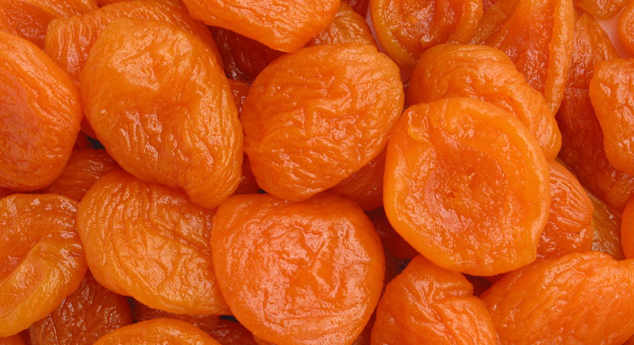Our video about the famous Tajik dried apricots, which are dried and processed right in the orchard or in the field, caused a flurry of comments. Most commenters were indignant that dried apricots are dried in unsanitary conditions right in the field with insects and dust, and that even on the video we see someone stepping right on the fruits!
However, the processing of dried fruits with sulfur dioxide caused even more indignation among the audience! “Poison!” – some were outraged! “Now I understand why I have stomach problems after eating dried apricots,” said others. “Sulfur is a terrible poison,” others exclaimed.
Therefore, we had to respond to this justified indignation in a new video where we tell and show what happens to dried apricots after they were taken from the field and how carefully the safety and purity of dried fruits are ensured. You can watch it below.
To summarize the video, it should be noted that:
1) Dried apricots in the field or in the orchard are raw materials and should not reach the final consumer, although in some countries this rule is not respected.
2) The meager sulfur residues in the product are a much lesser evil than the deadly mycotoxins produced by mold fungi, the development of which is inhibited by sulfur dioxide treatment.
3) Almost all dried fruits, as well as many other fresh fruits vulnerable to dangerous fungi, undergo treatment with sulfur or other chemicals after harvesting so that they are safe for the consumer.
4) Aflatoxins are one of the most dangerous mycotoxins, which are most often found in dried fruits that have not undergone proper processing. These are deadly toxins. When a high dose of aflatoxin enters the body, death occurs within a few days due to irreversible liver damage, and when a low dose is ingested, chronic aflatoxicosis often develops, characterized by the worsening of the immune system, DNA damage, and activation of oncogenes.
5) Every year, 155 000 people a year die from liver cancer caused by aflatoxins alone – this was reported in particular by scientists from the University of Michigan at the end of 2019 at the Toxic Symposium in Virginia, USA.
6) Most mycotoxins are chemically stable and are not destroyed by heat treatment. Therefore, the main task of producers is to prevent their formation.
Thus, one should not be afraid of dried apricots or other dried fruits, especially if they are not sold on trays, but in chain stores, where quality and safety control is usually higher. If you have any suspicion of aflatoxins in purchased dried fruits or nuts, which is expressed by a moldy coating or a bad odor, it is better not to eat them.
Recall that dried apricots are one of the most important products of Tajikistan and serve as a kind of alternative currency for many residents of the country. It is believed that Tajikistan exports about 100 000 tonnes of dried fruits annually, but we could not find confirmation of this. Nevertheless, the fact that dried fruits are the most important component of the country’s fruit and vegetable sector and an important source of income for local residents is an indisputable fact.
The use of the site materials is free if there is a direct and open for search engines hyperlink to a specific publication of the East-Fruit.com website.




